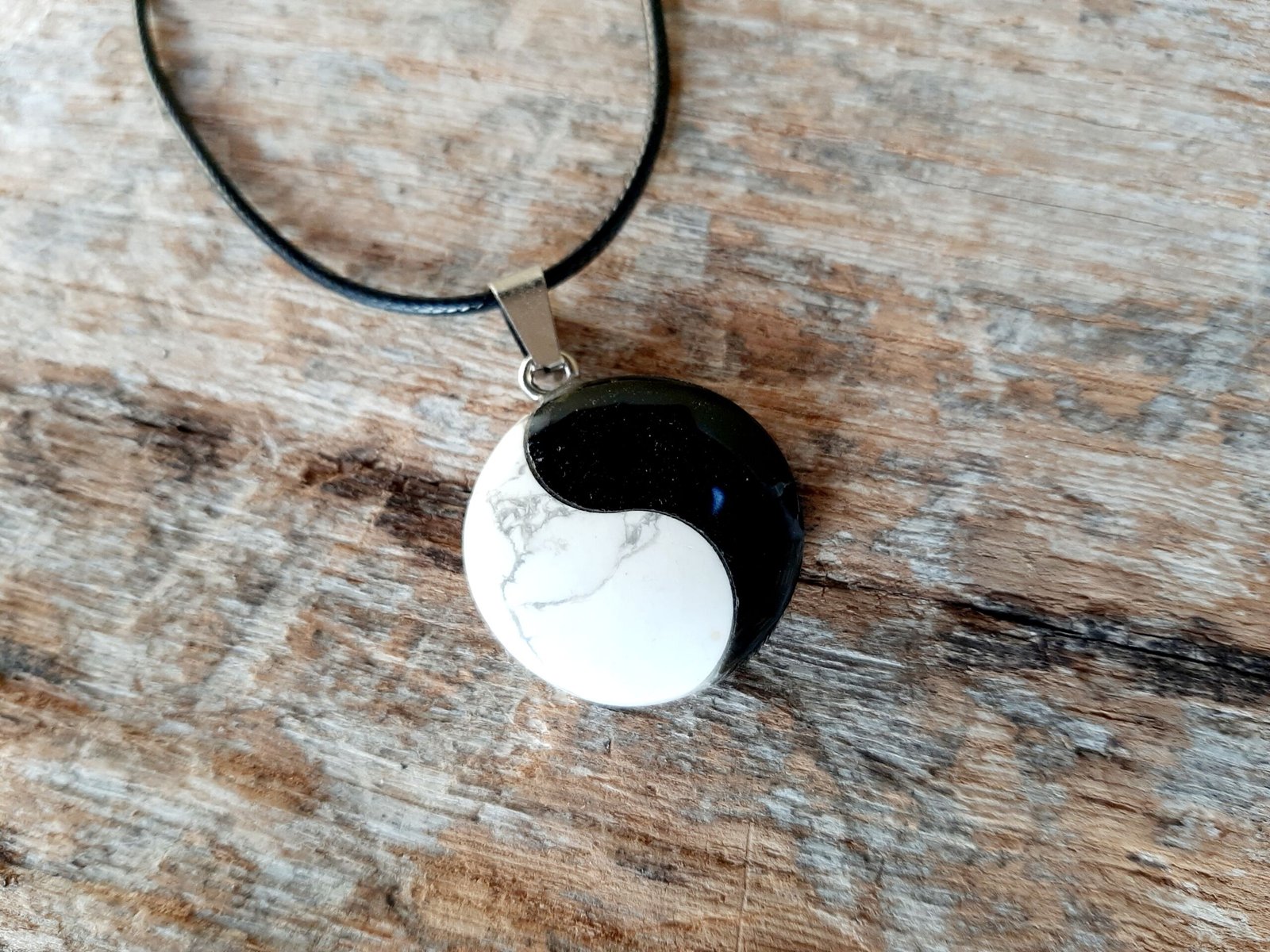What is Yin Ja Yang?
Yin Ja Yang is a philosophical and spiritual concept that finds its roots in ancient Chinese thought. It is a principle that emphasizes the balance and duality present in all aspects of life. The phrase itself is derived from “Yin” and “Yang,” two complementary forces that are fundamental to Taoism. Together, they represent opposing energies that are interconnected and interdependent, creating harmony and balance in the universe.
In this article, we will explore the origins, meanings, and applications of Yin Ja Yang, shedding light on how these principles continue to influence various aspects of life today.
The Origins of Yin Ja Yang
The concept of Yin and Yang first appeared in ancient Chinese philosophy, primarily in Taoism, around 2,500 years ago. It was used to explain the natural world’s rhythm, where opposite forces are not seen as conflicting but as complementary. Yin is often associated with femininity, darkness, and passivity, while Yang is linked with masculinity, light, and activity.
The idea of Yin Ja Yang stems from the desire to understand how these forces, while opposing, are essential for maintaining harmony. This philosophy reflects the dynamic nature of existence, where opposites coexist and influence each other, creating a harmonious balance.
The Core Principles of Yin Ja Yang
Yin Ja Yang smoothiepussit forces, whether physical, mental, or emotional, must be balanced for optimal well-being. Let’s take a closer look at the core principles of this ancient philosophy.
1. Duality and Interdependence
Yin and Yang represent dualities such as light and dark, male and female, passive and active, and so forth. These are not seen as isolated or independent forces, but as interconnected and interdependent. The existence of one creates the space for the other to thrive. Without Yin, there would be no Yang, and vice versa.
2. Balance and Harmony
At its core, Yin Ja Yang emphasizes that balance is crucial. In the same way that night follows day, or rest follows activity, Yin and Yang are constantly shifting and adapting. This continual flow ensures that no force dominates or becomes excessive. It is this balance that creates harmony within the universe.
3. Change is Constant
One of the most important aspects of Yin Ja Yang is the understanding that nothing is static. Yin and Yang are always in flux, with each force transitioning into the other. For example, day transforms into night, and winter turns into summer. This principle teaches that change is a natural part of life, and maintaining flexibility is key to finding peace.
Applying Yin Ja Yang to Modern Life
The wisdom of Yin Ja Yang is not confined to ancient philosophy. It can be applied in many aspects of modern living. From personal growth to relationships, here are ways you can integrate the teachings of Yin Ja Yang into your life.
1. Achieving Personal Balance
In our fast-paced world, finding balance can often feel challenging. Yin Ja Yang encourages individuals to balance their energies—understanding when to be active (Yang) and when to rest (Yin). By acknowledging the need for both energy and rest, you can improve your mental, emotional, and physical health.
2. Healthy Relationships
In relationships, understanding the balance between giving and receiving is essential. Yin Ja Yang reminds us that both parties need to contribute to the relationship, but also take time to nurture themselves individually. A balanced relationship is one where both energies—active and receptive—are present and respected.
3. Work-Life Balance
One of the most significant applications of Yin Ja Yang is in creating a work-life balance. By recognizing that work (Yang) and rest (Yin) are both necessary, individuals can avoid burnout and maintain long-term productivity. Scheduling time for relaxation and self-care ensures that you stay in harmony with your internal rhythms.
The Role of Yin Ja Yang in Wellness
Many wellness practices incorporate the concept of Yin Ja Yang. From traditional Chinese medicine (TCM) to modern mindfulness, the idea of balancing energies has proven effective in enhancing well-being.
1. Traditional Chinese Medicine (TCM)
In TCM, the flow of energy (Qi) throughout the body is a central focus. Yin and Yang help determine the state of health, with an imbalance leading to illness. A skilled practitioner of TCM uses Yin Ja Yang to diagnose and treat ailments by restoring balance within the body.
2. Mindfulness and Meditation
Mindfulness practices also align with the Yin Ja Yang philosophy. Meditation and mindfulness teach individuals to observe the present moment without judgment, cultivating an awareness of both the active (Yang) and passive (Yin) states of mind. Through these practices, people can achieve a deeper sense of inner peace.
Conclusion
yin ja yang is more than just a philosophical idea—it is a powerful tool for creating balance and harmony in all areas of life. By understanding and applying the principles of Yin and Yang, individuals can foster personal well-being, healthier relationships, and overall life satisfaction. Embracing this dynamic balance allows us to live in alignment with the natural flow of the universe, where both activity and rest play vital roles.
Whether in relationships, personal growth, or health, Yin Ja Yang reminds us that balance is the key to thriving. By integrating this ancient wisdom into our daily lives, we can navigate the complexities of modern existence with a sense of peace and purpose.
